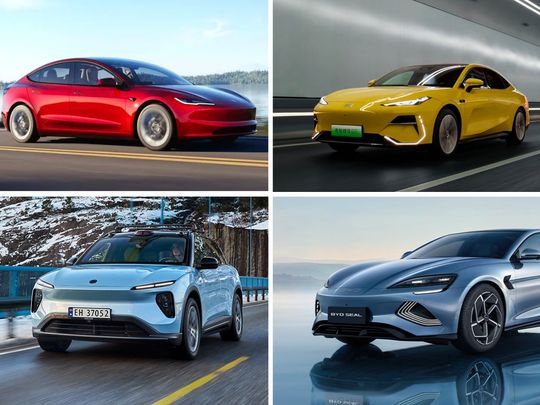
Manila: Demand for battery electric vehicles (EVs) is down. A number of factors are at work, including global economic slowdown. The decline, however, is relative to the auto industry as a whole.
In total, global sales of EVs, including plug-in hybrid electric vehicles (PHEVs), and fuel cell vehicles (FCVs), reached 13 million units in 2023 – posting a growth rate of 29.8 per cent, a significant slowdown from 54.2 per cent growth rate in 2022.
For the auto industry as a whole, global car sales grew by only 4 per cent in 2023, based on data cited by Forbes, with sales of 94 to 96 million vehicles.
Looking closer at the sales data, however, EV sales actually pulled the 2023 total car sales numbers up.
For example, US consumers bought a record 1 million-plus hybrids — the first time it surpassed one million units – up 76 per cent from the same period last year, according to Edmunds.com.
And while demand has apparently gone down, EV car sales grew at a staggering 29 per cent in Europe. In February 2024, the Tesla Model Y drove sales growth in the UK, Norway, Sweden and Germany.
In 2024, while total car sales are projected to grow by 5-6 per cent, EV sales will remain "strong", growth rate will slow, according to Fastmarkets. It forecasts global EV sales to grow "only" 36 per cent year-on-year in 2024. “While demand will remain strong, it will be slower due to sluggishness in China and high interest rates in Europe and the US,” Fastmarkets noted in a report.
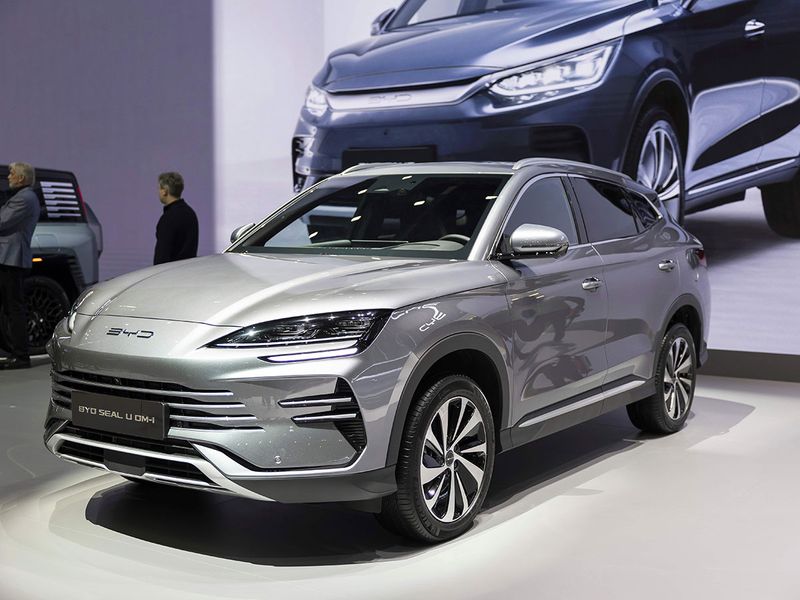
So far, the reported “weakening” in demand hasn’t been going on long enough for the industry to see big changes, as total EV investments from 2021 to 2023 came to roughly $520 billion, according to data from the US Environment Defence Fund (EDF).
Hybrids getting more popular
Meanwhile “hybrid” vehicles – which combine petrol and electric drive trains – are also increasing in popularity.
Toyota sold 11.2 million vehicles worldwide in 2023, a 7.2 per cent year-over-year increase. But the Japanese automaker’s bet on hybrid cars seems to be paying off as it rides consumer scepticism of an all-EV future to maintain its lead as the world’s top selling automaker.
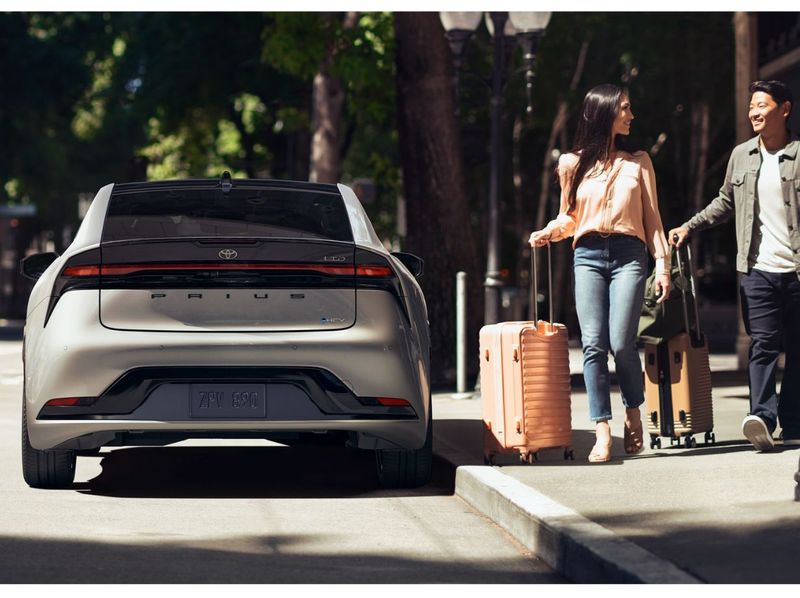
Toyota sold nearly 3.7 million electric vehicles, hybrids and fuel cell vehicles in 2023 – with sales rising 35 per cent year-on-year, though almost all those vehicles (3.6 million) were conventional, plug-in or mild hybrids.
Car buyers like husband and wife Giuseppe and Cristelle, decided on buying a Toyota Yaris hybrid EV to help them save on gas and cut their carbon footprint – without having to deal with range anxiety or the need to charge at home.
“Hybrids already have a 20-year history. Many of the old hybrids are still on the road today,” said Guiseppe. The couple recently bought a Toyota Yaris Cross 2024, a five-seater Crossover, for $28,875 (1.598 million pesos) in the Philippines.
Because hybrid cars don't solely rely on their gas engine to run, less fuel may be needed to propel a hybrid vehicle. The effect — improved fuel efficiency. It remains to be seen how cost, supply chain, tech and consumer preference would play out going forward
These are some of the reasons why EV sales are slowing down:
#1. Higher prices
EVs can be more expensive upfront – typically up to $10,000 more than traditional vehicles of the same function – although lower operating costs can offset this over time.
The average cost of EV financing is $4,583, while an ICE vehicle is $3,247. This difference can be attributed to the higher EV purchase price. The average cost of collision and liability insurance for EVs is $6,824; ICE vehicles average to $5,707, according to Parts Trader, an auto industry think-tank.
In general, however, EVs require less frequent maintenance and have lower routine maintenance costs than ICE vehicles. This is because all-electric motors have fewer moving parts than ICE engines, and they require fewer fluids, such as engine oil, that require regular monitoring and replenishing.
#2. Market saturation
In some markets, early adopters of EVs may have already purchased vehicles, leading to a slowdown in sales growth. Fortune, however, projects that global EV market size, valued at $384.65 billion in 2022, will grow from $500.48 billion in 2023 to $1,579.10 billion in 2030, exhibiting a compounded annual growth rate of 17.8 per cent.
#3. Supply chain issues
In general, the availability of raw materials can disrupt the supply of electric vehicles (EVs) by either raising costs or diminishing the quality of inputs. Essential metals like lithium, cobalt, nickel, and copper, crucial for EV battery production, are experiencing growing demand alongside constrained supply.
Moreover, disruptions in the supply chain, such as semiconductor shortages, can lead to production delays and lower inventory levels.

#4. Charging infrastructure
Inadequate charging infrastructure can be a barrier to adoption, especially for those without access to home charging.
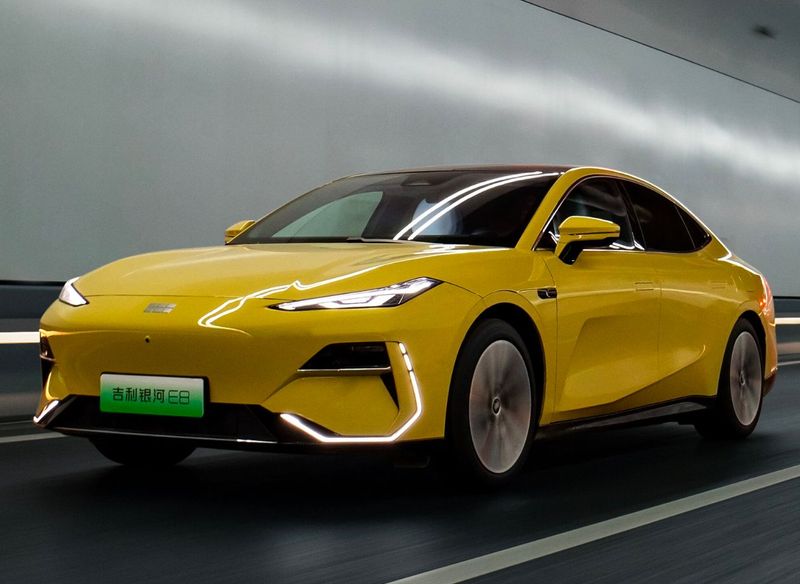
#5. Reduced incentives
Changes in government incentives and subsidies for EVs can affect consumer demand. Studies show that tax incentives significantly influence the choice of EV models and the decision to go electric.
In the US, for example, the Inflation Reduction Act (IRA) and electric vehicle incentives are driving EV growth, while also "on-shoring" US manufacturing.
More than a dozen new incentives enacted through the IRA, the Infrastructure Investment and Jobs Act, and the CHIPS and Science Act have sent investments in EV manufacturing skyrocketing, resulting in more than 84,000 announced jobs in just the first year of implementation.
China is also ramping up EV incentives. A package worth a total of $72 billion, was first introduced in June 2023, and will run until 2028. The Beijing government also decreed that EVs bought in 2024 and 2025 will be exempted from sales tax up to a maximum of 30,000 yuan ($4,180). The maximum tax exemption falls to 15,000 yuan ($2,090) in 2026 and 2027.
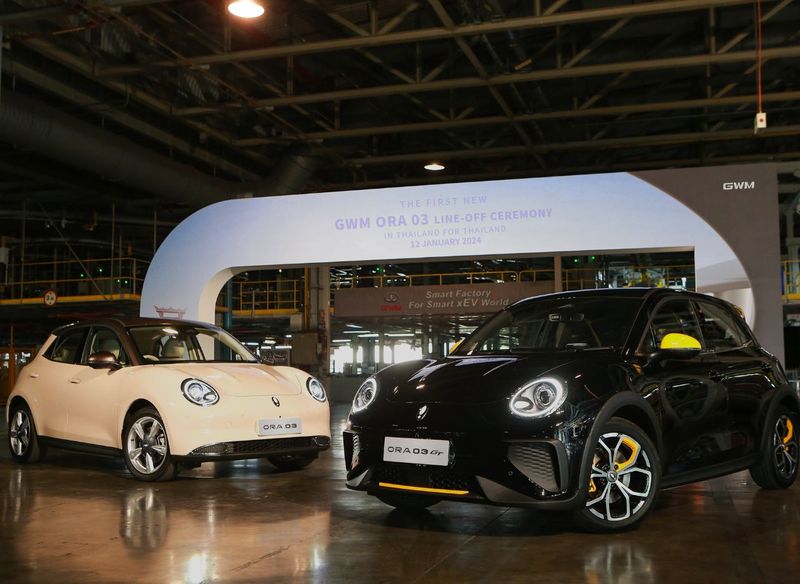
#6. Range anxiety
Concerns about the limited driving range of EVs compared to traditional vehicles may deter some consumers from making the switch. This anxiety is particularly prominent when considering long-distance travel, along stretches of road where EV charging points might be few and far between. An EV's range largely depends on its battery capacity and motor efficiency, but it can also be influenced by factors like the weather and driving habits.Higher speeds require more energy, reducing the EV's range. Moreover, aggressive driving with rapid acceleration and braking can drain the battery faster.
#7. Competition
In China alone, there are more than 100 EV makers. In general, increased competition from traditional automakers entering the EV market can impact sales of existing EV models. In the US, there are 223 hybrid and EV manufacturing businesses as of 2023, an increase of 9.1 per cent from 2022, according to IBISWorld.
As new players get into the game, it remains to be seen how this “slowdown” in sales would play out. In 2023, EVs grabbed a 12 per cent share of the global market. With sales increasing by up to 30 per cent this year, the share of EVs could jump to as much as 16 per cent, amounting to 13.3 million BEVs sold this 2024.
#8. Economic factors
Economic downturns or uncertainty can lead consumers to postpone large purchases, including vehicles.
Currently, global economic expansion continues to rely heavily on Asian economies. In 2023, the global economy experienced modest growth of 2.9 per cent as reported by the OEC, with projections indicating a slight weakening to 2.7 per cent in 2024. However, as inflation subsides and real incomes increase, it is anticipated that the global economy will rebound, reaching a growth rate of 3 per cent by 2025.








